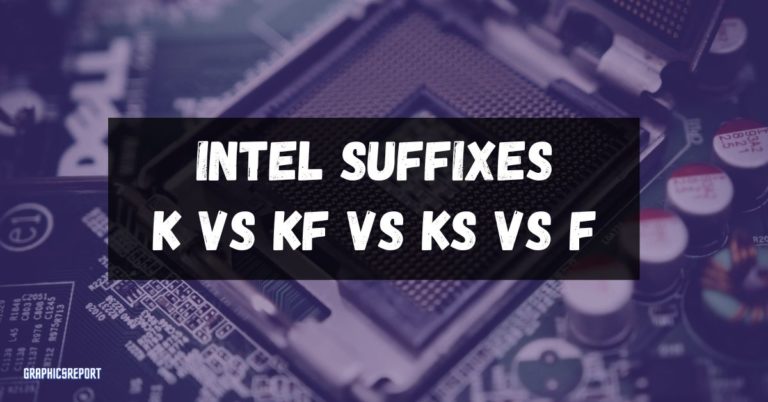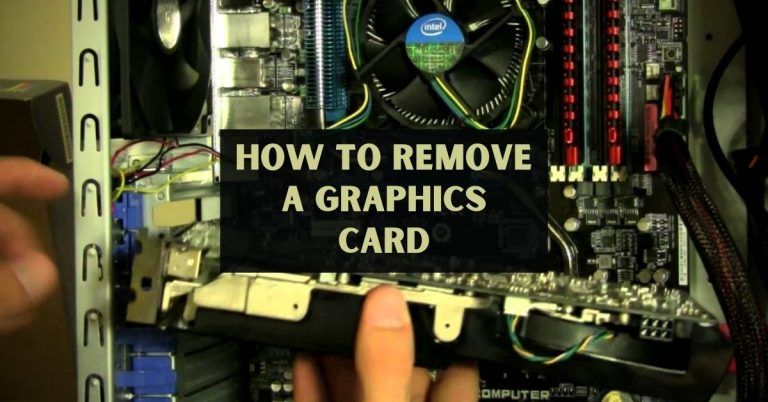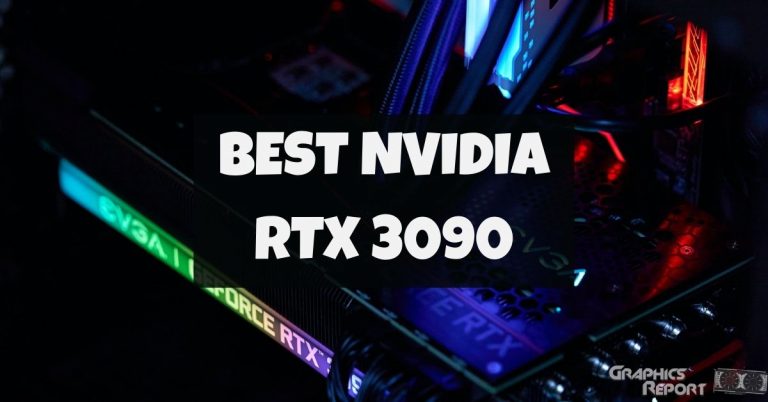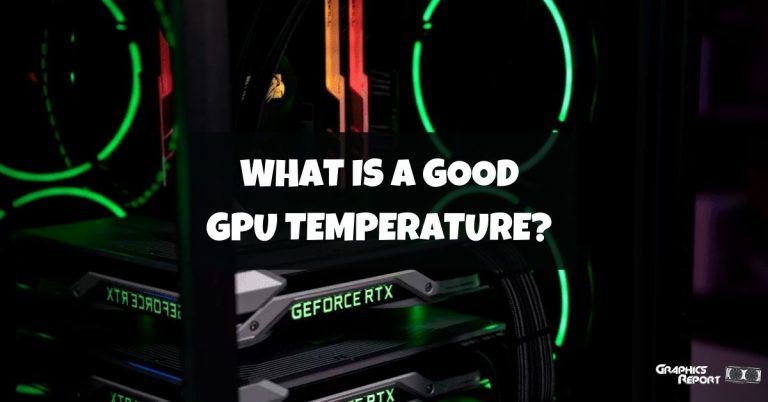
There is a caveat that comes with every single electronic item or thing in the world, and that is, it’s prone to fail at any given moment without a solid reason or pre-emptive signs.
This remains true in the case of graphics cards as well. Just like any other electrical component, they can fail at any time without any warnings, whether that be 1 year or 10.
Generally, they are made to last a long time; they are engineered to give the best possible performance they can, with the least amount of power consumption, be as cool as possible and last years without breaking or falling apart. A GPU, if preserved properly, can last up to 10 years and still work after that if it wants to.
There are a couple of reasons why they can die quicker than expected, and most of them are related to abusing it beyond its limits. It can get so bad in some cases that a unit can die even before its warranty expires (which I guess is a good thing since you can then just RMA it?).
If you use it with care, you can expect at least around 5 years of life from a graphics chip, and there is a higher chance that it will become obsolete and outdated before actually ever dying. So, let’s look at how long do graphics cards really last.
What Causes Graphics Cards To Fail?
Apart from just failing out of nowhere for God knows what reasons, the heat seems to be the kryptonite for graphics cards as it can seriously deteriorate their lives and reduces their lifespans very quickly. Bad thermals are bad enough on their own, but few other things can also contribute to imminent failure.
Overclocking The Card Too Much.
To squeeze even more performance out of your PC, you can overclock it. Particularly, when it comes to OC’ing, we are talking about the CPU, but in this case, it’s the GPU. You can overclock it to increase its frequency and speed, and that, in turn, can give you better overall performance, like increased FPS in games and higher benchmark results.
But just like everything else, too much of a good thing is a bad thing. There is a reason why manufacturers give you the option to OC or not. When they do it in a factory, it’s a very moderate increase because they don’t want to take the responsibility of your card frying all of a sudden. There is a limit to everything, so be sure to remain in it.

See, overclocking produces extra heat since you are putting more of a strain on the card; it’s pushing more performance than its manufacturer intended for it, so higher amounts of heat are also being produced.
The heat can negatively affect your GPU in so many ways that it’s alarming; your fans could literally melt if the temps get extremely high, solder points can melt, and VRAM chips on your PCB can also get fried.
Every GPU comes with fans installed on top of the chip to provide continuous cooling, and when that cooling or the general cooling of your entire case falls short, well, then you start to hurt your graphics card.
So, as soon as you see any thermal throttling in your system, know that your PC has had enough, and pushing it over its limits more is definitely not a good idea.
Poor Airflow.
Generally, it would be best if you had an intake and an exhaust to maintain positive airflow, meaning having more intake pressure than exhaust pressure.
Likewise, it’s good to aim for a positive airflow rather than negative, but in the end, it depends on the case and specific system.
Poor airflow can cause the fans to spin at full RPM yet still prove to be non-effective and more dust can potentially build up inside the system, around the GPU that can clog its fans and cause it to fail.
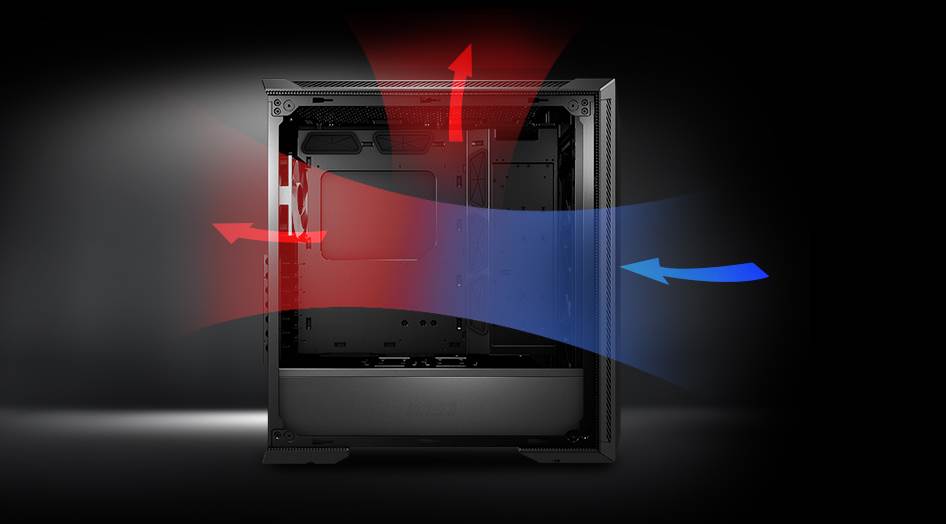
Unless you want to give your PC a tour of hell, you need to ensure that it has good airflow to keep the temps inside the case as low as possible. If your PC does not have sufficient airflow or has bad airflow in which the air is not reaching where it should, it will fail to provide efficient natural and artificial cooling to the components inside, case in point, the GPU.
Used Too Much In Cryptocurrency Mining.
There was a time not too long ago where Bitcoin (cryptocurrency) became hugely popular, and a sudden craze took birth, but the bad thing about this craze was that to mine Bitcoins, you needed a ton of graphical power.
Thus, the extreme inflation of GPU prices where they were selling for literally double the MSRP and availability had become quite limited, all because of mining.
So, if you are one of those people who abused your GPU to mine cryptocurrency, then you done messed up things already.
However, many people are rocking second-hand used graphic units, and the used market is filled with mined units that people want to sell for cheap, so be on the lookout for those and stay away from buying a mined card, always.
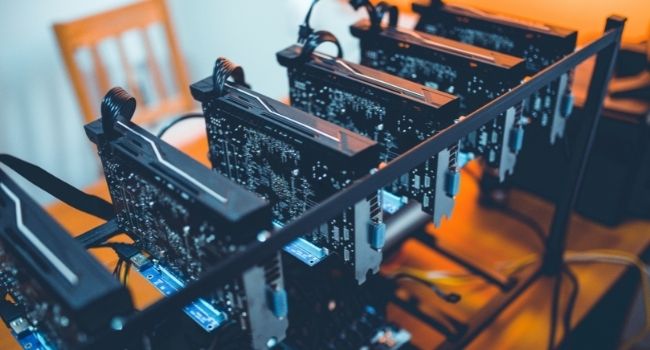
This is because, in mining, the graphic chips get abused badly, so much so that you might have seen some mining rigs that are literally half-melted because of the insane amount of heat that they produce.
Now you don’t need me to tell you how terrible this is for the card’s longevity, so know that a mined GPU is definitely much much more likely to fail than a non-mined one.
Fans Not Spinning Up.
If you were to run your video card at full 100% load 24/7 without any breaks, then the fans on it would die in about 2 years. Now, unless you’re a mining rig, you will never run under full load all day, every day for 730 days straight. But still, regular gaming sessions of 8+ hours can prove to be very intensive for your graphics unit so keep that in mind.
Generally, fans last up to 5 years under normal conditions but can die in just around 2 years. As you could tell, fans are responsible for providing the cooling to your card, and if they die on you, then temps will get exceedingly high to the point where they can damage the unit itself.
Some GPU fans don’t start running until they reach a certain temperature (for example, 60 degrees) to minimize noise levels and also because extra cooling is not needed when it is idling or under very weak loads. So don’t panic if they aren’t spinning when you are just watching videos on YouTube.
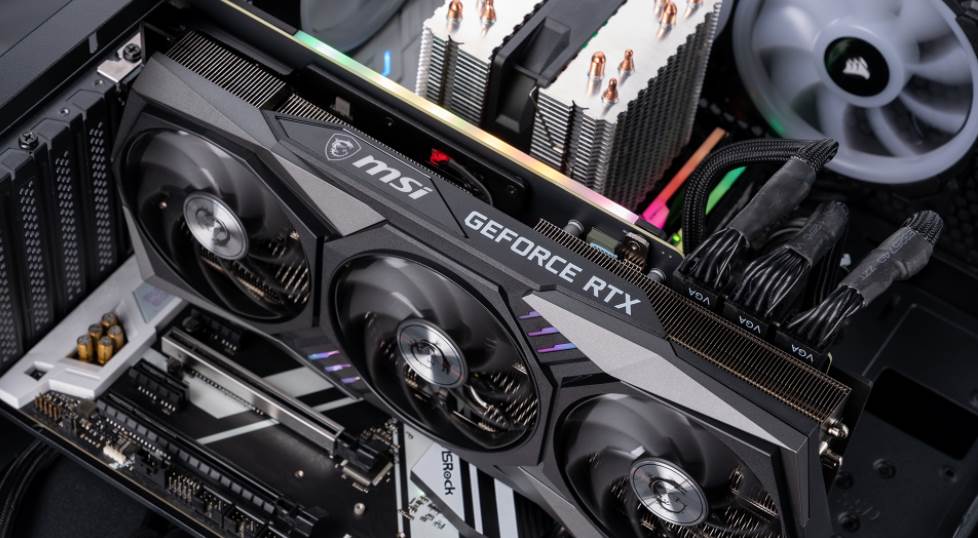
That being said, your fans can fail on you for other reasons like too much debris clogging them or just simply shorting out because of their electrical nature. Fortunately, it’s pretty easy to replace them, and replacement fans are readily available at an affordable cost.
Furthermore, it could be possible that the fans aren’t spinning up because there is not enough power in the mix, meaning that there is an issue with your power supply. If you have another PSU lying around that you can try to power your system with it to see if the GPU fans spin or not.
On top of that, there’s a chance that your power supply is completely fine; rather, it has just depreciated over the years. As a general rule of thumb, about 5% of its wattage drops every year because of usage, so a 500W unit that you bought 5 years ago may only be outputting 375W now, which isn’t enough to power all that hardware you’re packing inside (thus the idle fans).
Heating
This is pretty straightforward. Processing produces heat, and your card processes a lot of stuff; that’s why it’s literally called a graphics “processing unit.”
The more intensive workloads you put it under, the more heat it will produce, and the higher the heat, the more the fans will ramp up to compensate for the heat, and eventually, a point will come when the fans just won’t cut it, and your system will start to thermal throttle.
Now all this speculation is based on the fact that you push your PC to its absolute limits and keep on pushing; if you won’t do that and use it adequately, then you won’t run into any of these problems.

Heat is also produced from pretty much all the other components inside your computer. If there isn’t sufficient cooling inside, your temperatures will get really high, your system will start to thermal throttle, and bad, bad things will follow if you do not stop and provide better cooling.
Overclocking also produces a lot of heat, so please keep in mind that you need extra cooling to compensate for that; you will end up with a fried chip.
This shouldn’t really be a problem if your system already had good enough cooling and a positive airflow with multiple fans because most GPUs these days have nice beefy heatsinks and cooling mechanisms built into them that can take care of its own temperatures, given that the case isn’t an absolute claustrophobic, suffocating nightmare.
Thermal Paste Issues.
All GPUs come with thermal paste pre-applied from the factory, but after extensive usage over long periods of time and heat production, or just because of the climatic conditions around it, the thermal paste can get dried up. This can lead to high temps since the heat generated from your card is not being dissipated properly.

So if you see astronomically bad temperatures or if, for whatever reason, you took off the cooler from your GPU, then you need to re-apply the thermal paste. There are many great and affordable options out there, like the Arctic MX-4, and applying thermal paste is quite an easy task.
How Long Do Graphic Cards Last?
A graphical processing unit, typically, is made to last a very long time. If preserved properly, then it can last for over a decade and give you little to no problems along the journey. If nothing, you can expect a card to at least function like it’s supposed to under its warranty period.
Being an electrical product by nature, there is always a chance that it can die on you for apparently no reason. But, quality control has gotten much better these days, and random failure cases are far and few in between.
Over time, the capacitors may go bad and pop; the solders on the circuit board/PCB can eventually erode or melt out of place under a high-temperature operation if your GPU is under full load continuously for long periods of time.
There are tons of other ICs like voltage regulators and VRAM chips to go bad. If nothing else happens, the GPU’s gold contacts or semiconductors will diffuse, rendering it useless.
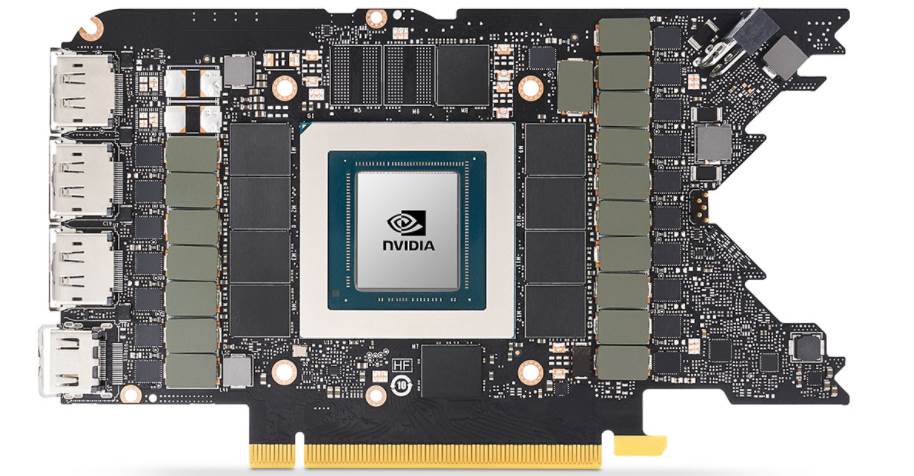
Now don’t panic; none of this happens in the first few years of your purchase; these things will only come onto the surface after years of intense usage, give or take around 7 years; if you do not use it like a madman and preserve it with care then, it can last a lot longer. But that’s not the main thing that can render your card dead; there is a bigger enemy that follows known as “obsolescence.”
Because we are essentially in a new golden age of technology where we are trying to move past our oil-intensive and fossil fuel-dependent wasteful era, the drive to innovate and make the next best thing is ever-growing.
This trend towards developing better, more useful technology is clearly visible in the world of computing, where the biggest manufacturers like Intel, AMD, Nvidia, Samsung, etc. are working on next-gen hardware and software that outshines older tech and makes the chips of yesteryear look like a bunch of toys.
This rapid gravitation towards adopting newer technology, however, can easily lead to technological obsolescence where a product, case in point, GPU that cost $1000 and was a top of the line model just a couple of years ago won’t be able to run modern games at respectable settings today.
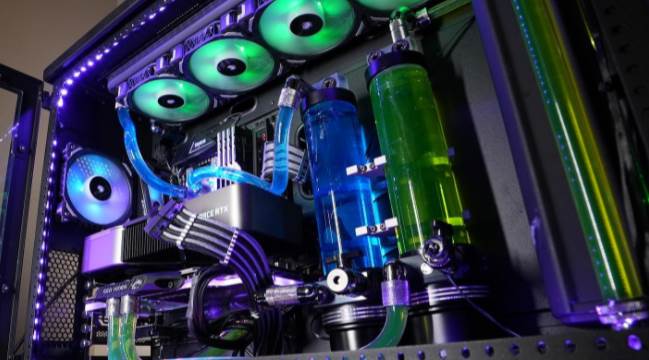
Every year, developers work hard to produce the best possible-looking game with extremely high-quality textures, shadows, and photorealistic effects.
To support this incline of the game’s visual fidelity, new graphic cards hit the market every year, offering more performance and better efficiency at a lower cost.
They deliver better FPS, run cooler, produce less noise, and generally are just all-around better products.
With these improved units, game developers now get the freedom to create even more graphically demanding games that weren’t possible before; games with improved detail, higher resolutions, better lighting, higher polygon count, etc.
And this cycle keeps continuing with every new release where the games keep getting more and more complex, and the GPUs that run them keep getting more advanced. The power required to run a game at its max settings increases along with the power a new GPU can produce, but the older hardware, well, it gets left behind in the dust.
This isn’t good news for older hardware since it starts to depreciate really quickly in terms of its own capabilities. Once able to run the latest games at max settings in its time, these older units cannot run newer titles at decently playable resolution and FPS.
This decline keeps getting worse and worse until a time comes when the card is inevitably rendered useless because it cannot keep up with modern games and play them at even 720p at 30FPS. Often, driver support also ends, and these products have to run on legacy drivers that don’t cooperate well with most modern games.
This time between the launch of a new graphics unit and when it becomes irrelevant is known as the “obsolescence lifetime.” This is why I said at the beginning of this article that GPU has a higher chance to become obsolete before it ever actually fails and dies on you.
On top of all this, these products’ obsolescence lifetimes are decreasing gradually because of the manufacturer’s goal to maximize its profits, which it can only do by producing improved cards that we then have to upgrade to more often than before.
How To Increase Your Graphic Card’s Lifespan.
Fortunately, the obsolescence period that we just talked about can be somewhat increased, and you can get more life out of your card. By following some simple guidelines, you can increase its longevity and lifespan by a considerable margin.
#1- Run At A Lower Frame Rate.
Not all games are meant to be run at 300FPS; in fact, many people don’t even have a compatible monitor that can display high frame counts because their display panel is just 60Hz.
Simulation and strategy games, for example, do not need to be played at very high FPS, and you can get away with a pretty nice experience with just 30FPS.
Find your own sweet spot of graphical detail and frame rate and learn to appreciate the beauty of a lower frame rate.
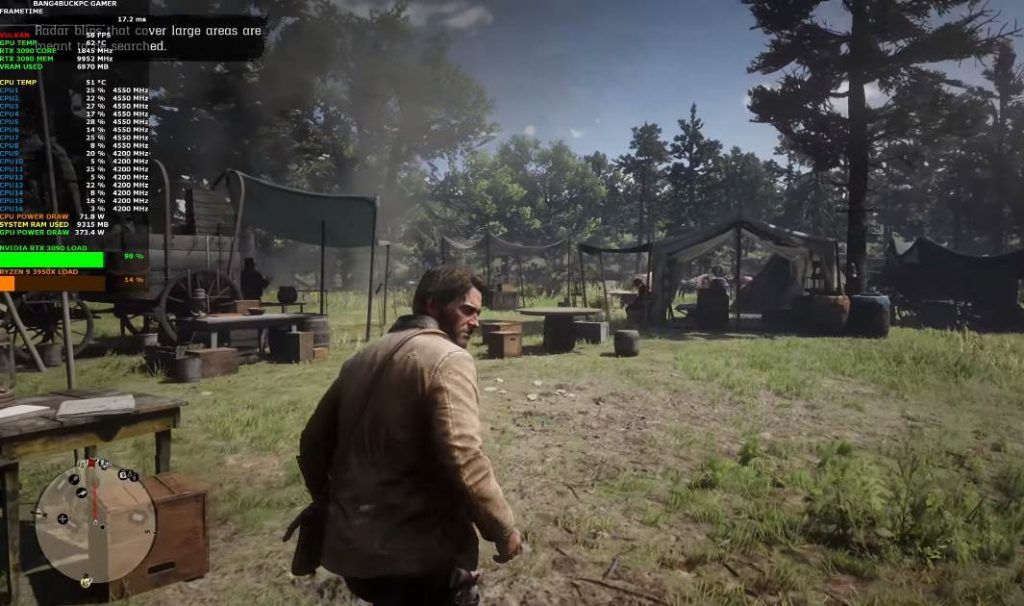
Playing at lower FPS will put less strain on the GPU and make it produce less heat; this can effectively increase its longevity and prevent it from running into any overheating issues. Games like Red Dead Redemption 2 are already very demanding, so turning down the FPS cap may help you not only with thermals and better preservation of your card but also can provide you a more stable gameplay experience.
#2- Don’t Use It In Cryptocurrency Mining.
Everything bad that you can do to your system to damage or hurt it is essentially what cryptocurrency mining does if you keep your card running 24/7. What matters isn’t how mining uses it but rather how long it uses your graphics unit because the longer you leave it to run and mine, the more heat it will produce, and it can then start to even thermal throttle.
As a good PC building practice, I would advise you against mining using your GPU and never buying a used one that has been mined. Yes, mining doesn’t necessarily degrade it, but the risk involved with buying or using a mined graphics unit in your normal rig is too much to tackle since you never know how it’s been treated.
It can look pretty from the outside, but from the inside, the PCB could’ve been repaired, or maybe even the BIOS was tampered with to get even more power out of the unit, so it’s just better to steer clear of using your own card in mining or buying an already mined one.
#3- Do Not Overclock The Graphics Card.
Overclocking will squeeze more performance out of it, but it will also generate more heat and that heat can easily damage it. But even before all this happens, overclocking puts more burden on the unit since it’s technically working harder than the manufacturer intended to.
Overclocking is not a bad thing at all; in fact, all manufacturers actually get behind it, but it’s just that an OC pushes it beyond its safe space, and that can cause wear and tear on it to solidify earlier than you might expect.
If you want to increase its lifespan, then do not overclock it or play around with any of the advanced settings like overvolting or undervolting.
#4- By Giving Proper Air Cooling.
Ah yes, heat, we meet again. By now, you know the gist that graphics units produce heat when they are under load, and that heat needs to be dissipated, or your PC will start to thermal throttle, and after that, it would be enabled to cause serious damage to or harm your system if you do not cool it down.

Your graphics unit also needs proper cooling, and sometimes the natural airflow is not enough for that. Adding more fans that exhaust hot air away in front of the card or provide fresh intake can drastically improve temps and, along with that, longevity.
#5- PSU Is Good Enough.
Power supplies are arguably the PC’s breadwinner since they literally run the PC and supply adequate power to all the components. If you have a crappy Chinese PSU that you got off AliExpress for 20 bucks, then you don’t have a nice build in your room, but instead a nice-looking bomb.
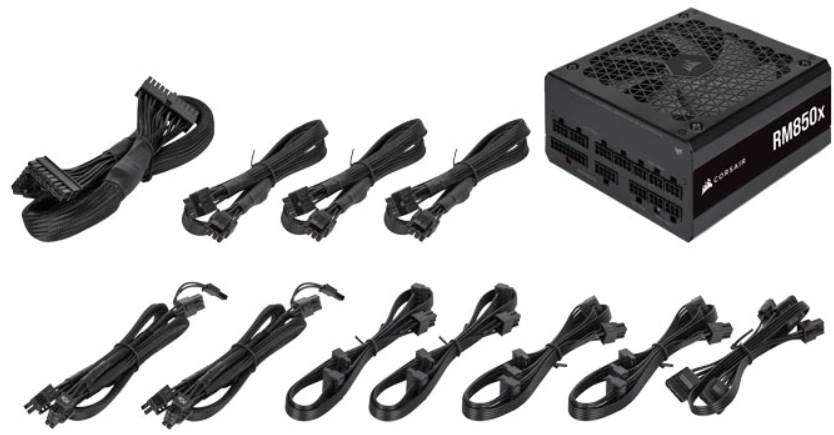
On top of that, there’s a chance that your power supply is completely fine; rather, it has just depreciated over the years.
As a general rule of thumb, about 5% of its wattage drops every year because of usage, so a 500W unit that you bought 5 years ago may only be outputting 375W now, which isn’t enough to power all that hardware you’re packing inside (thus the idle fans).
If your power supply goes bad, it can take out other parts (like your GPU) or even your entire system. Bad power supplies do not regulate or control the current and voltage that it provides to the system properly, and this can either put more strain on the unit or provide less than enough power. Opt for a high-quality (at least) 80+ rated power supply to avoid running into these issues.
#6- Reduce Graphics Features And Settings.
The better your graphics settings, the harder your video card will have to work to render all those frames. This also puts your GPU under a lot of burdens that can stress it out easily. You don’t need to play at the highest resolution with maxed-out shadow reflections to get a good enjoyable experience.

Find a middle ground and try lowering the visual fidelity as much as you can. I can bet you wouldn’t even notice a difference if you lower some of the settings, and when you do start to see a change, it would be so minimal that it will not negatively affect your immersion and gameplay.
Playing at lower resolutions and presets can ease up your video card considerably, ultimately increasing its longevity.
#7- By Using An SSD.
Poor hard drives, they never knew what hit ’em. Flash storage is miles faster than actual mechanical drives that have spinning discs inside. In games, this helps in processing huge amounts of data quickly, which effectively cuts down on loading times.
There are multiple types of SSDs, including SATA, M.2 NvME, and PCIe, all with different speeds and costs and also compatibility with motherboard hardware, so research before you buy a new one.

If the game is taking less time load, then the graphics unit is also automatically put under less pressure and can breathe more freely since the SSD is allowing the game files and assets to be transported around so quickly. And the less strain put on the GPU, the better its chances of an increased lifespan.
Final Thoughts On It!
(Planned) Obsolescence can kill a card before it ever truly dies. There is a very famous saying by Banksy that “You die twice. One time when you stop breathing and a second time, a bit later on when somebody says your name for the last time”.
We can apply this ideology to the GPUs as well. They will first die when they inevitably become obsolete, and then they die for the second time when they actually stop working.
Deep existential thoughts aside, a video card is engineered with much precision and care and will last you years upon years if you actually preserve it and not abuse it 24/7 under full load.
Some cards run fine even after that, yet some die just because of a short circuit; that’s the cost of being an electrical component.
You can follow a couple of general rules to increase its lifespan and squeeze more life out of it, and likewise, you can avoid things that can harm the card and reduce its life expectancy.
Whatever you do, just know that it will die one day, doesn’t matter of obsolescence or a short circuit, just like every other thing in this world.

